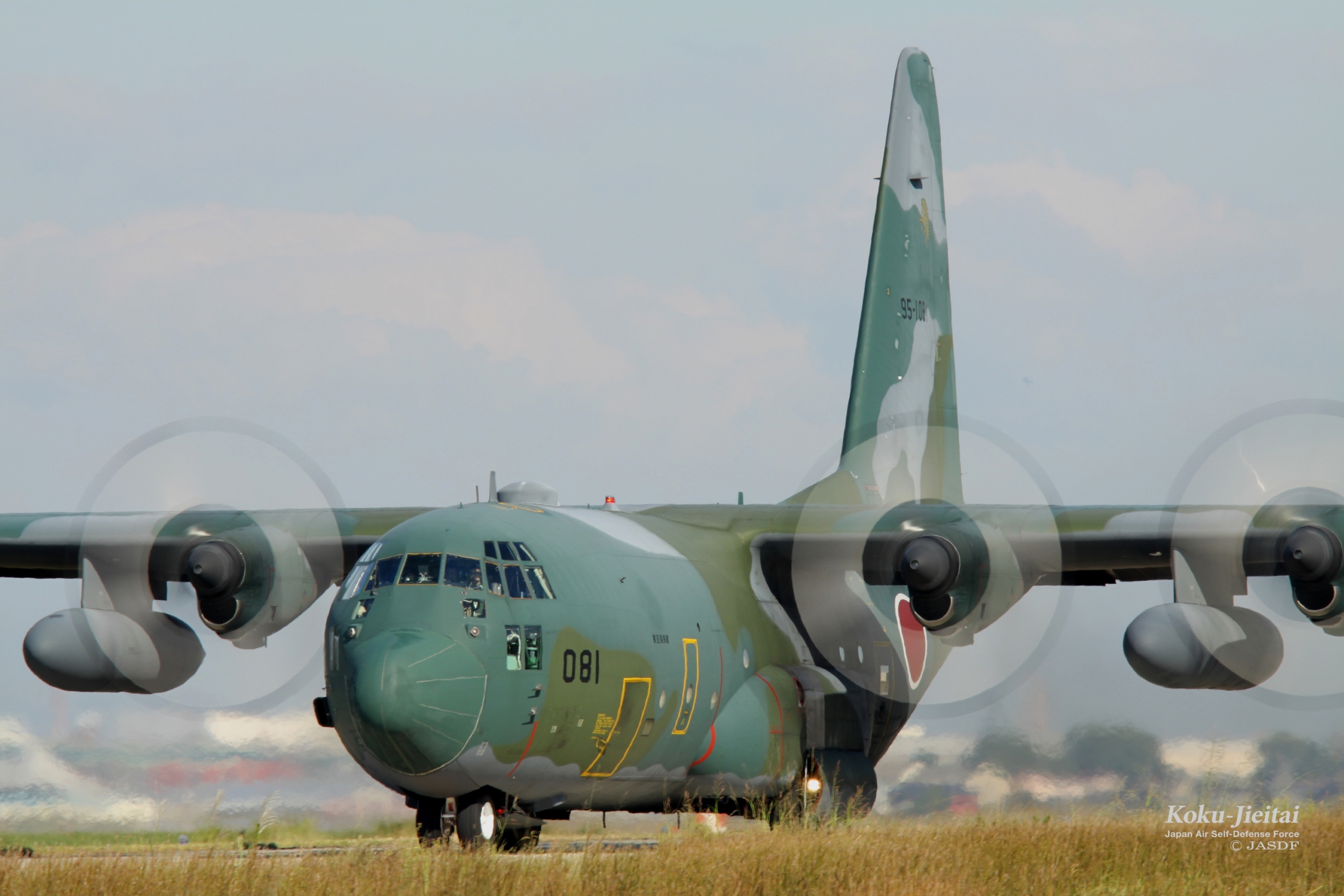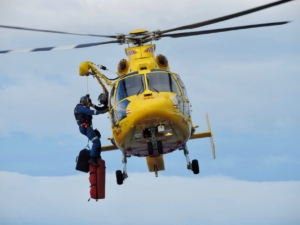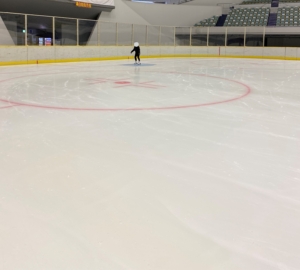Hello. Recently, disasters have been occurring all over the world.
When a large-scale disaster occurs, it is sometimes impossible to cope with the situation in your own country alone.
Did you know that there is a system where the world cooperates to help each other in such cases?
There are two major relief organizations that are involved in international relief in Japan.
The first is the government agency, Japan Disaster Relief (JDR).
The second is Japan Platform, an international humanitarian aid organization.
(43 NGOs and the Japanese Red Cross Society are registered as participating organizations).
I will report on what is happening in the Kingdom of Tonga and how the world is helping each other.
Please read this article in conjunction with the previous article on Tonga’s eruption.
This is a continuation of that story.
Japan Disaster Relief (JDR)
The JDR Act was enacted in 1987.
The JDR Act established the Japan Disaster Relief team, right?
What kind of teams are there in that system?
Yes, there are five. Depending on the type and scale of the disaster and the needs of the affected country, a single team or multiple teams can be assembled to provide support.
Let’s take a look at them in detail.
The five teams of the International Emergency Relief Team
- The rescue team Consists of rescue team members from the Metropolitan Police Department, Fire Department, and Japan Coast Guard. Their roles include search and rescue, first aid, and transportation of victims in disaster areas.
2. The medical team consists of doctors, nurses, pharmacists, etc. registered with the International Emergency Relief Team Secretariat of the Japan International Cooperation Agency (JICA). They provide medical care, treatment, and assistance to disaster victims. The team conducts activities such as prevention of infectious diseases and prevention of their spread.
3. Expert Team Consists of engineers, researchers, etc. recommended by relevant ministries and local governments according to the type of disaster. The team provides guidance on emergency response and recovery activities.
4. The Self-Defense Forces Team consists of land, air, and sea units. Self-Defense Forces units are dispatched when a large-scale disaster occurs and it is deemed especially necessary.
5. Infectious Disease Control Team The Infectious Disease Control Team consists of five functions: epidemiology, laboratory diagnosis, medical treatment, infection control, public health, and logistics for self-contained activities. A wide range of support related to infectious diseases will be provided.
The SDF began participating as a JDR in 1992. Since then, it has provided assistance to many countries.
Process of dispatch
The dispatch of international emergency relief teams is based on a “request-based” approach, in which the team is dispatched only after receiving a request from the partner country or an international organization.
This is because, in the event of a disaster, the disaster-affected country itself has the responsibility to play a central role in relief efforts, and unilateral assistance that does not take into account the circumstances and circumstances of the disaster-affected country may lead to confusion.
The important thing in helping is the desire to help, but if we move without information, we may cause confusion and the rescue may become a nuisance to the country.
After the recent eruption in Tonga, I think many people felt that they wanted to help. However, the reason why we were not able to help immediately was that we were waiting for Tonga to contact us with their request.
When a request is received from a disaster-stricken country, etc., the Ministry of Foreign Affairs decides to dispatch an international emergency relief team, but the procedures for dispatch and preparation of materials and equipment are carried out by JICA.
When a rescue team is dispatched, the necessary team members are selected from the five teams introduced above.
The rescue team in particular aims to leave Japan within 24 hours. It is no mean feat to go overseas within 24 hours after the summons is issued. I’m sure their daily training will come in handy here.
Damage situation in Tonga and details of request
- disaster situation
Around 1:00 p.m. on January 15, 2022 (Japan time) Funga Tonga-Funga Ha’apai volcano, located about 70 km north of Nuku’alofa, the capital of Tonga, erupted. As of 19 January 2022 (announced by UN OCHA)
Dead: 3 people
Affected people: Approximately 104,000 people
(Most of the population is estimated to have been affected by the tsunami or ash fall) Collapsed houses: 150 (total and partial destruction on Tongatapu Island) - contents of relief supplies Water (3 tons of drinking water), high-pressure washing machine, shovel, wheelbarrow (for transport), polyethylene tank, goggles
masks, work gloves, rear car - transportation method
Transportation by Japan Disaster Relief Team and Self-Defense Force units
Relief Supplies Delivered to Tonga by Air Self-Defense Force C130 Transport Aircraft
On January 20, in response to a request from Tonga, a team of international emergency relief workers was assembled and the supplies were prepared.
The supplies were then loaded onto a plane.
They arrived at the Fa’amotu International Airport in Tonga on the 22nd.
Thank you for your hard work. We are very close to arriving safely and getting them to the local people. Thank you very much.
I am still amazed at how fast it is going. I feel that this is how the world is able to help each other and protect lives and livelihoods. It is wonderful.
Next, the Maritime Self-Defense Force will remove the volcanic ash.
The next support team is scheduled to be transported by the Maritime Self-Defense Force. The next support team is scheduled to be transported by the Maritime Self-Defense Force. They will be using high-pressure washers to remove the volcanic ash.
It must be a special kind of washing machine.
With the spread of the new coronavirus and the damage caused by the volcanic eruption, I imagine that the situation is very difficult in the area.
Please take care of yourselves, the victims of the disaster, the people of the International Emergency Relief Team, and those who are going to support the victims.
Please take care of yourselves, and I wish for the earliest possible recovery.
Thank you for reading to the end.






